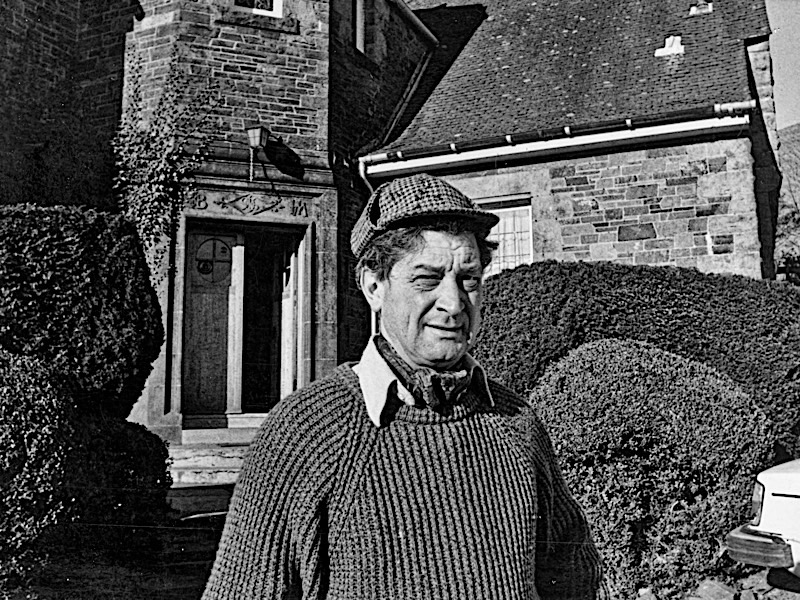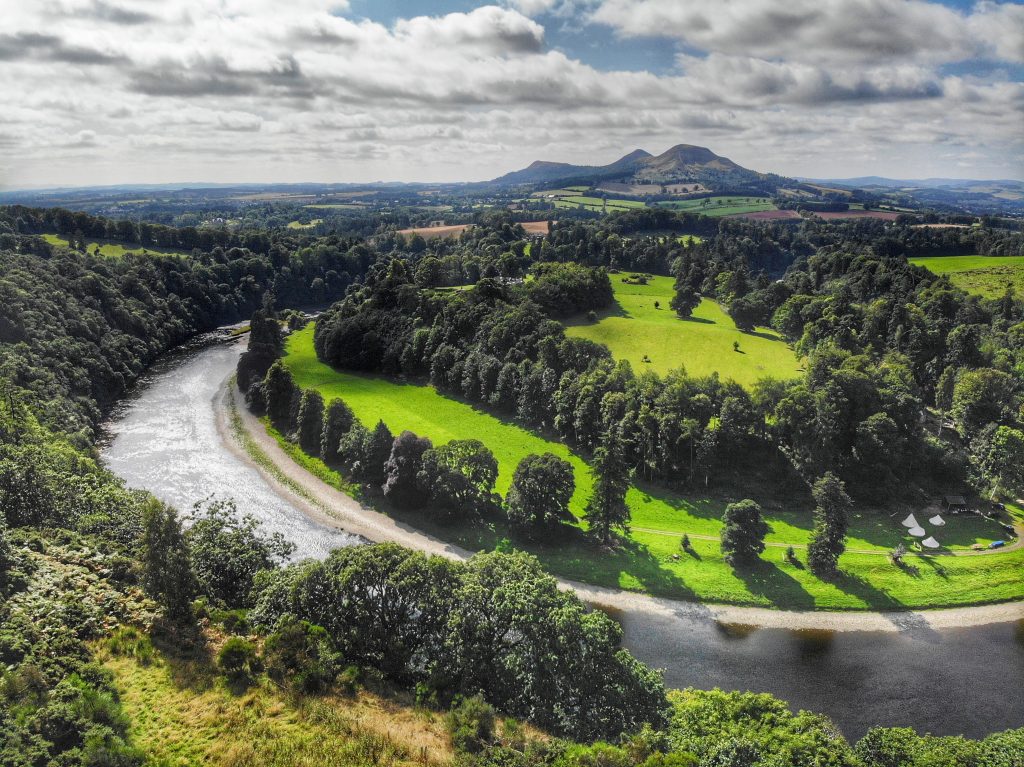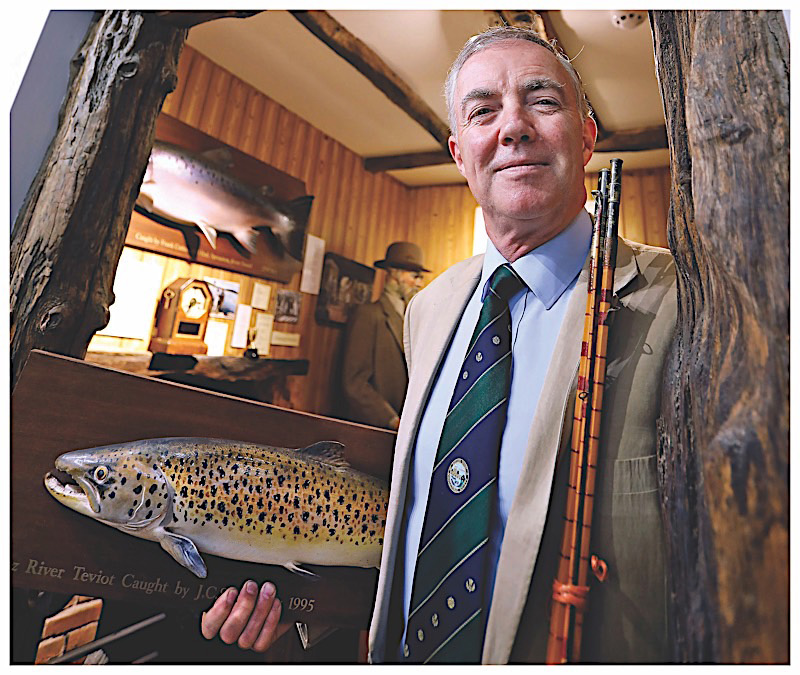I can hear the sighs of nostalgia now – an outpouring of affection and fond memories at the mere mention of the Tweed Valley Hotel.
Under the dedicated ownership of Charlie Miller and his wife Joyce it became a magnet for fly fishers everywhere.
From all over the UK they homed in on the Tweed Valley Hotel every bit as unerringly as the salmon and trout who made their way back over thousands of miles to the river of their birth.

Strategically perched on a hillside at Walkerburn in the heart of the Scottish Borders, it overlooked the river that gave it its name; a haven with a band of brothers atmosphere that reigned supreme as a number one choice for fishermen everywhere.
The bonhomie later extended to deer stalking and grouse shooting enthusiasts, but it was always the Tweed that drew the bulk of the bookings.
Jack Charlton was a regular at Tweed Valley Hotel, as was Willie Whitelaw MP and 007 actor Timothy Dalton. “We had a great clientele and a lot of happy times. Jack Charlton was here at the same time he was appointed manager of the Ireland team and before we knew it the press pack had decamped to Walkerburn.
“Willie Whitelaw was a real gentleman and he would thank everyone personally when he was leaving. While here his break was often interrupted by calls from Margaret Thatcher but that didn’t prevent him from enjoying the fishing,” said Charlie, now 91-years-old and still going strong.
His journey to the Borders and a life-long love for fly fishing started after he moved toTyneside to pursue a career in journalism where he worked on the Gateshead Post and then the Evening Chronicle in the 60’s.

“I started fishing the Tweed and in 1972 I stayed at the Tweed Valley Hotel. It was run by two brothers and I got wind of the fact that one of them wanted to sell up. We made them an offer and it was accepted, the start of a wonderful time running a 19-room hotel within walking distance of the Tweed. What more could you ask for,” said Charlie.
Between then and retirement the Tweed Valley Hotel was a top flight centre for fly fishing courses, taken by world champion fly cast Peter Anderson. They became educationally recognised certificate courses sponsored by Edinburgh Crystal.
Not to be outdone Richard Prior set up courses for deer stalking and Charlie became an influential member of the South of Scotland Deer Society.
“It was a far cry from my days as a cub reporter on the Lytham Times newspaper. My spare time was spent sea fishing in those days but there’s nothing that can compare with fly fishing,” said Charlie who has a fishing fly named after him – the Charlie Miller – a variant of the Dusty Miller and presented to him as a birthday present from the family.
“We had loads of repeat business and fishermen, knowing rooms at the hotel were constantly in demand, would book up months in advance as they checked out, rather than be disappointed.
“It was a great time and a privilege to be part of it. Fishing for me is still the ideal way of switching off, listening to the noise of the water and in harmony with nature. I get down to the river as often as I can,” added Charlie.
After retiring, he and Joyce retained part of the hotel grounds at Walkerburn and built a new home that also, conveniently, overlooks the River Tweed.
And, not surprisingly, his son David, who worked as a chef at the family hotel, followed in his dad’s footsteps and is also an avid fly fisherman.
David took things a step further recently when he teamed up with fellow businessman Dave Foster to launch www.fishingmugs.co.uk
Sounds like the perfect catch for fishing fans.



